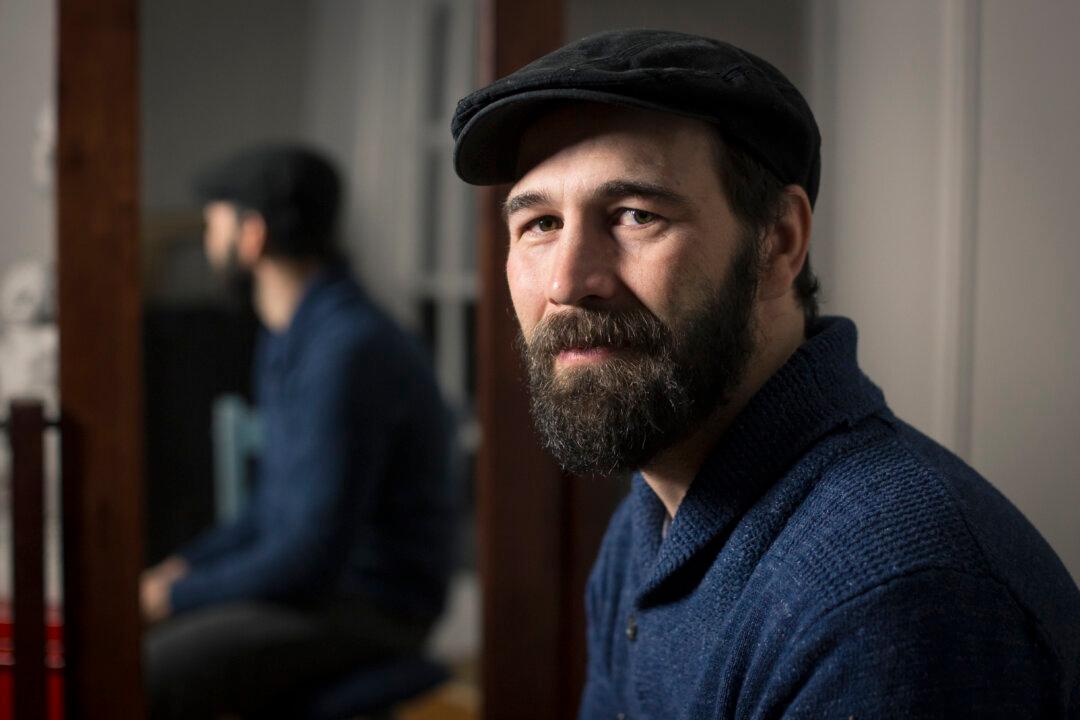NEW YORK—A year has passed since Gregory Mortenson reached that quintessential artist’s milestone—a one-man show at a top gallery in New York City. For three years, he had worked on a series of paintings portraying the dignity, joy, and resilience of orphaned and displaced children who survived the earthquake in Haiti.
“I keep saying this, but those kids embody the triumph of the human spirit,” Mortenson said in his home studio in Harlem.






